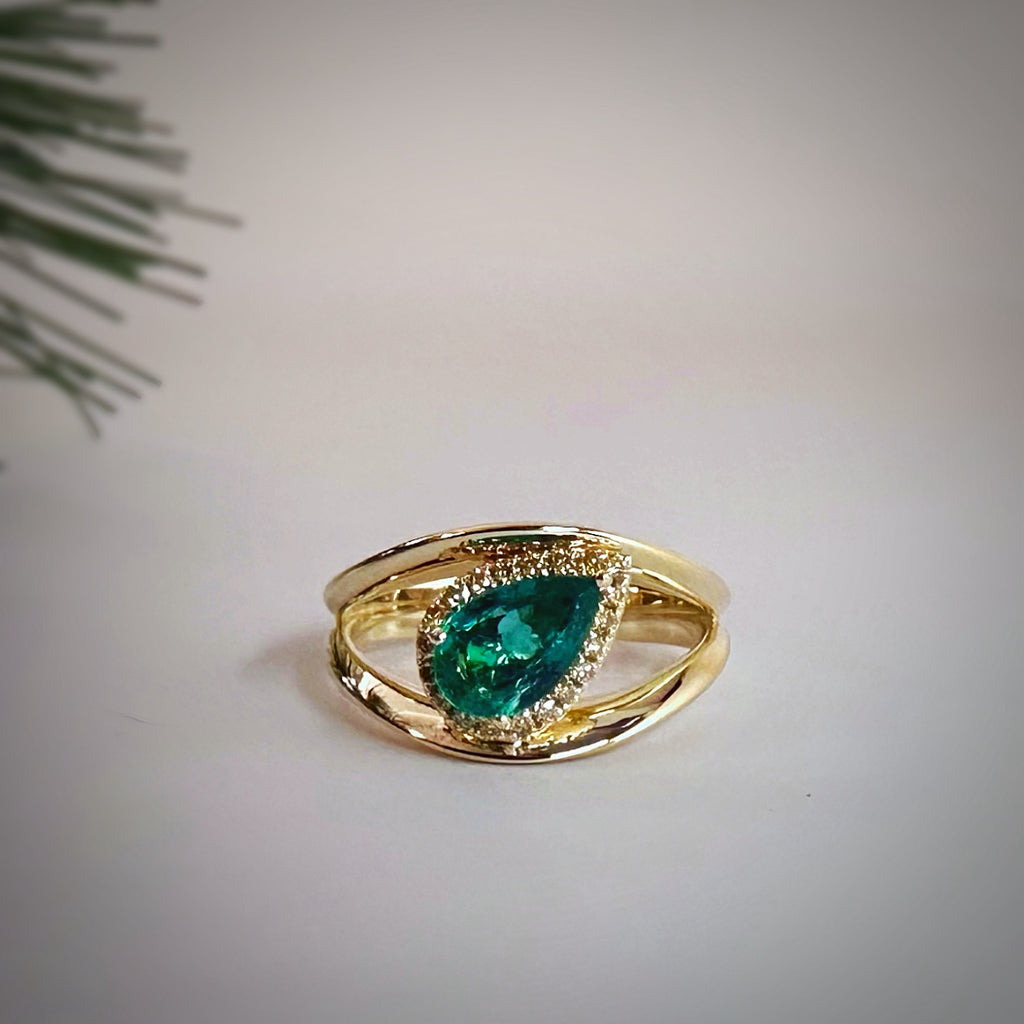A Guide to Different Jewelry Metals
Everyone has a preference for what metals you like best for your jewelry. Some people stick with gold, others prefer silver, and some may even choose gold for aesthetic options. What about the finer details? Do you know the difference between 14K gold and 24K gold? What makes sterling silver distinct "sterling"? Here's a guide to some different types of metal for jewelry and which you should select.
Solid Gold Jewelry
Gold, whether yellow, white, or rose, is trendy in the jewelry industry. Historically, there has always been value and emphasis put on gold - however, it's also malleable, making it great for jewelry making. A significant benefit of gold jewelry is that it doesn't tarnish on its own, compared to sterling silver. Gold jewelry can be as old as can be, but you can always bring it back to life with a simple polish. Avoid wearing gold jewelry in swimming pools or hot tubs, as chlorines can discolor gold when it's hot.
Gold is too delicate to be used undiluted, and this is where karat percentages come in. The lowest that can still legally be called gold is ten karats. You can tell how much gold is present based on the number of karats:
- 24 karat gold = 100 percent gold
- 22 karat gold = 92 percent gold
- 18 karat gold = 75 percent gold
- 14 karat gold = 58 percent gold
- 10 karat gold = 41 percent gold
Gold Jewelry: Plated vs. Filled vs. Vermeil
These different types of gold jewelry can be easily confused. People often use the terms interchangeably, even though they're different. Gold-plated jewelry is a low-end metal, such as brass or copper, electroplated with a layer of gold. It's typically less expensive than the other options yet more valuable than vermeil. Gold-filled jewelry has a thicker layer of gold over the base and can sometimes be as much as 100% more viscous, making it a good option for longer jewelry. Gold vermeil can be known as a "silver gilt". It's a higher-quality silver that's plated with a thin gold layer. Vermeil can be made with either pure or sterling silver.
Sterling Silver Jewelry
Sterling silver jewelry is one of the most common metal types for jewelry, and you've probably owned a few silver pieces in your life. Pure silver is weak and difficult to shape, and if you wear pure silver as jewelry, it may stain your skin from oxidation due to the reaction of sulfur in the air and ammonia in your sweat. Sterling silver is a common swap for pure silver jewelry as it's an affordable white metal comprising 92.5% pure silver. You'll typically see a "925" on any sterling silver jewelry.
How Can I Tell What Type of Metal My Jewelry Is?
If you purchase a vintage piece of jewelry or find something lying around and want to know what metal it is, it's pretty easy to look for specific markings. As mentioned above, silver jewelry almost always has a "925" or "sterling" stamp. Real metals, such as gold, silver, or platinum, must be stamped with a quality mark showing the percentage of metal used. For non-precious metals, you can always try using a magnet. If you are having trouble, contact Bostonian Jewelers, and we can help you figure it out.
Work with Bostonian Jewelers
At Bostonian Jewelers, we aim to help people find the highest quality jewelry for themselves or a loved one. We create only the finest jewelry featuring precious metals and stones. Start shopping with us today, or plan your restoration project with our experts.
Continue reading
